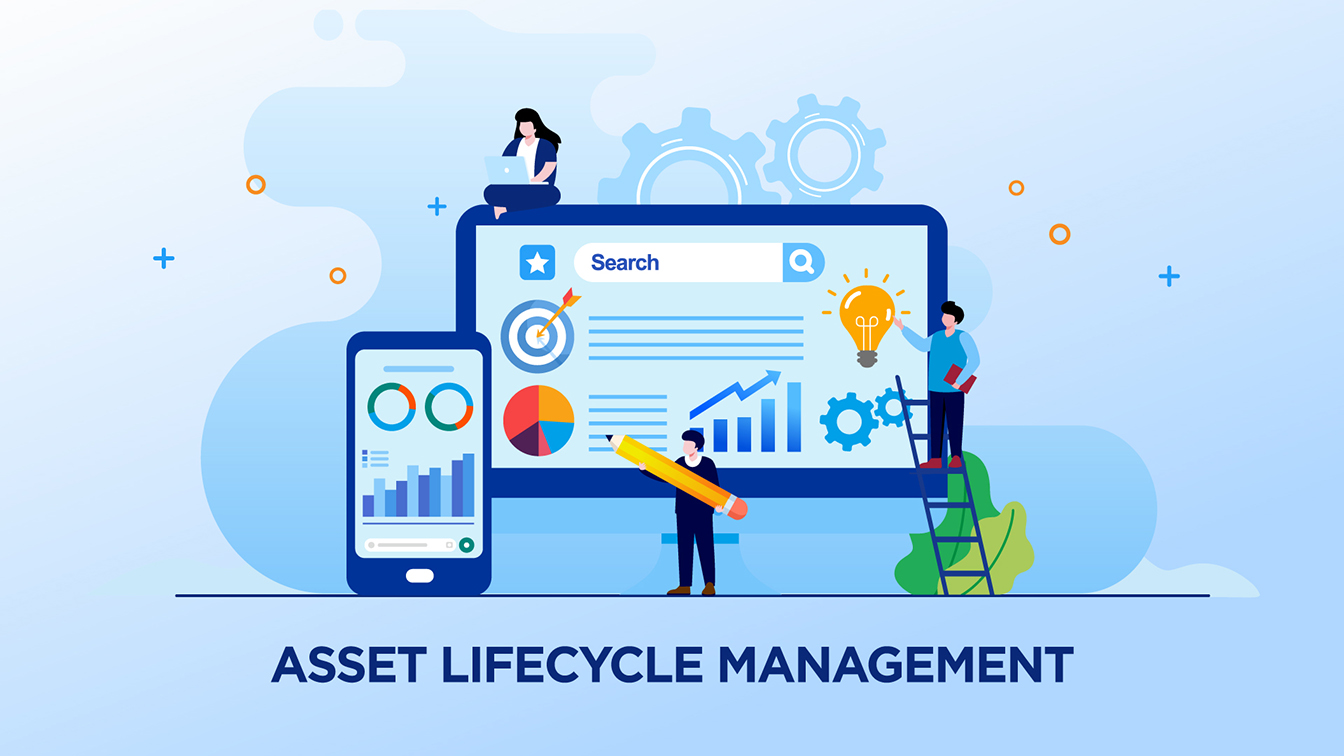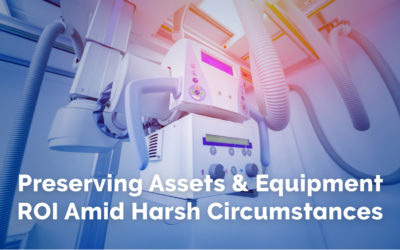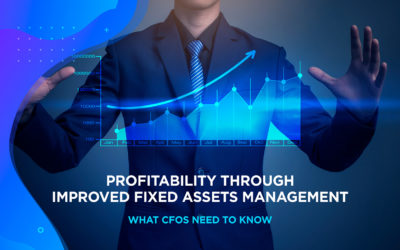In today’s business environment, companies in many industries are being challenged to improve your operational productivity, efficiency and profitability while driving down costs. For asset-intensive organizations in industries like energy, mining, manufacturing, and the public sector, operational strategies must maintain a balance across increased returns on asset investment and reduced expenditure.To do this, businesses must adopt a
holistic management framework that incorporates asset management processes and tools like
asset maintenance management software. The adoption of a comprehensive asset management solution ensures assets are effectively managed across their whole lifecycle.However, successfully integrating robust asset management requires organizations to be cognizant of the different lifecycle stages of their asset register. This understanding will enable organizations to
make the best use of their asset investments while operating optimally in the current business landscape.
The asset lifecycle
An end-to-end view of an asset portfolio enables an organization to create a coordinated approach that extracts maximum value. The increase in asset resilience and efficiency also enables asset-intensive organizations to adapt to
potential business disruptions such as an aging workforce, aging assets, demographic changes, renewables integration, and regulatory and market changes.A detailed overview of the asset lifecycle is key for organizations to evaluate the cost-effectiveness of their asset register. Breaking down the various lifecycle stages enables organizations to
analyze how well each asset is working and the opportunities for cost savings.Regardless of the organization, industry, or asset, there are generally four stages to an asset’s lifecycle:
1. Planning stage
This planning stage defines, assesses, and justifies the need for new and additional assets. The planning stage is critical to lifecycle management as it evaluates the current asset register against the business requirements and their capabilities to meet the business needs.Throughout the planning stage,
the current state of existing assets must be evaluated. To remain competitive, asset-intensive organizations must ensure assets are providing value. The data gathered from this assessment will help recognize excess or under-performing assets.The planning process will
decide whether or not it is feasible to maintain an existing asset. This analysis will also help forecast and predict the value of future asset acquisitions to the organization.
2. Procurement and deployment stage
The procurement stage is when an organization comes up with cost-effective solutions to meet the business requirements. Procurement involves several steps. Estimating options must be performed.Organizations must research what assets are available on the market, making comparisons to
determine the best product for the best price available. Demos or trials should be undertaken to ensure the product meets business needs.Once an asset has been determined to be a worthwhile investment and its value fulfills business requirements and budget,
evaluation is converted into acquisition. The approval process will create an initial purchase order request and the said asset will be added to the organization’s asset portfolio.If necessary, the deployment stage is where the asset is assembled, installed and tested. Organizations should work with external vendors to conduct preliminary checks, testing for any performance issues.
3. Operation and maintenance stage
After the purchase order has been fulfilled, the asset can be put to use. The operation aspect is the most important and longest stage of the asset’s lifecycle. This lifecycle stage aims to realize returns on investment and earn revenue.To this end,
the asset must be continuously monitored to ensure it delivers on timely services.To ensure an asset’s functionality is fully realized, a collaborative approach between operation and maintenance is necessary. Facility managers must plan out appropriate maintenance and servicing schedules to monitor the asset’s performance.Maintaining the asset’s optimal working conditions requires the use of
asset tracking software and CMMS. Ongoing monitoring and maintenance will enable the asset to maximize its availability, resilience, and performance.In most asset-intensive organizations, preventive and predictive maintenance processes will improve equipment availability, allowing assets maximum opportunity to remain in useful operation and provide value for the organization.
Data analytics is also critical during the operation and maintenance phase. Sound data analysis ensures insight-driven operations and maintenance. Integrating data into this lifecycle stage achieves the control organizations need to better perform predictive failure and improve its longevity.Feedback from data analysis is particularly useful for the planning of long-term assets, like buildings, which require ongoing maintenance to ensure their ongoing functionality.Ultimately, a data-centric approach is a prerequisite for effective asset lifecycle management in today’s digital-centric landscape. Analytic capabilities like those found in asset maintenance management software enable organizations to measure asset status in real time.Organizations are given the ability to diagnose and remedy issues before productivity is interrupted. This ability to perform preventative action secures greater ROI.
4. Disposal and replacement stage
Eventually, every asset will become ineffective or reach the end of its productive life. This is the point when an asset has so deteriorated that it can no longer meet performance and productivity goals.At this stage of its lifecycle,
it is no longer economically feasible to perform ongoing maintenance or repair. Once the asset no longer satisfies the business requirements, the state of the asset must be changed to
expired. It must be shut down and separated from continuing operations safely.The organization must then assess whether to sell, recycle, dispose of, or replace the asset in question.If the asset is to be disposed of, appropriate disposal techniques must be employed. This ensures that the asset is handled according to regulatory standards and environmental compliance.If the asset in question maintained any confidential data, all data must be wiped and inaccessible before disposal. Moreover, if the asset needs replacement,
the lifecycle management processes start over anew.Conclusion
There are considerable quantitative and qualitative benefits to be had from applying a systematic approach to asset lifecycle management. In addition to cost savings across areas such as labor and asset efficiency, organizations can realize improvements in managing risk, improving services and output, and preserving asset value.The use of CMMS and asset maintenance management software is critical throughout each asset lifecycle stage. The ability to review and improve processes leads to informed asset investment decisions.Done well, asset-intensive organizations can
deliver optimum value throughout the lifecycle of the asset.By strategically approaching asset lifecycle management, organizations can realize enhanced operational productivity while driving longer-term value for customers and shareholders alike.Looking to leverage software to strengthen your asset lifecycle management processes? Contact our Industry Sector specialists today to get started on StarCMMS, our asset lifecycle management software system. StarCMMS can help your business maximize the use of its assets, so get in touch with us today for an overview of our program and its many features.





0 Comments